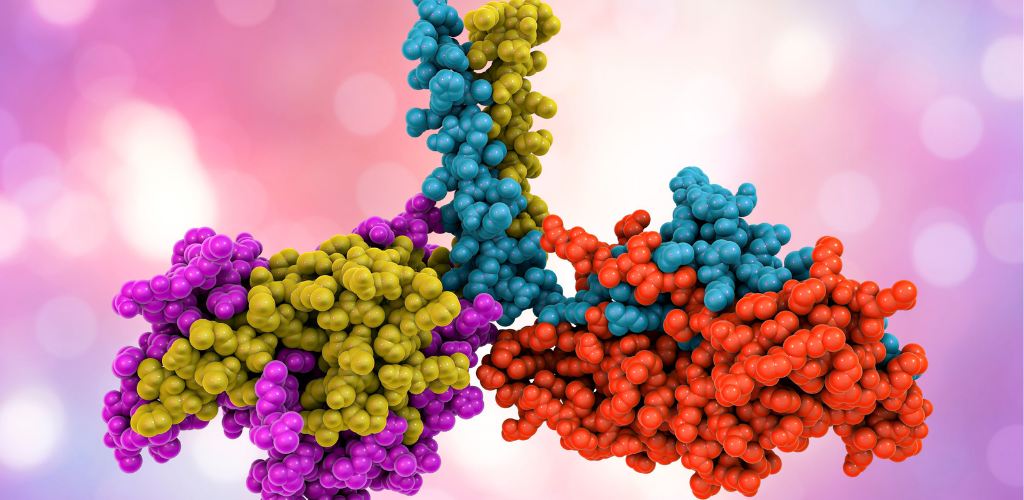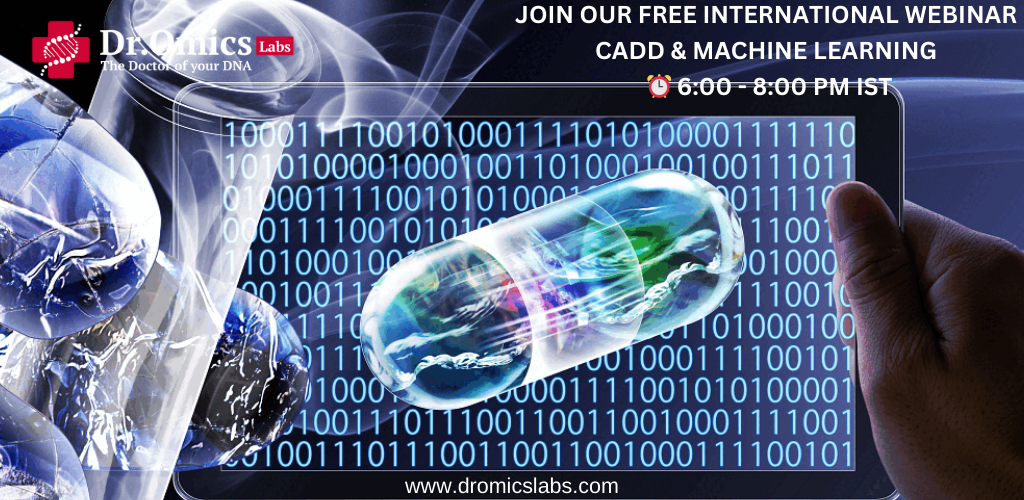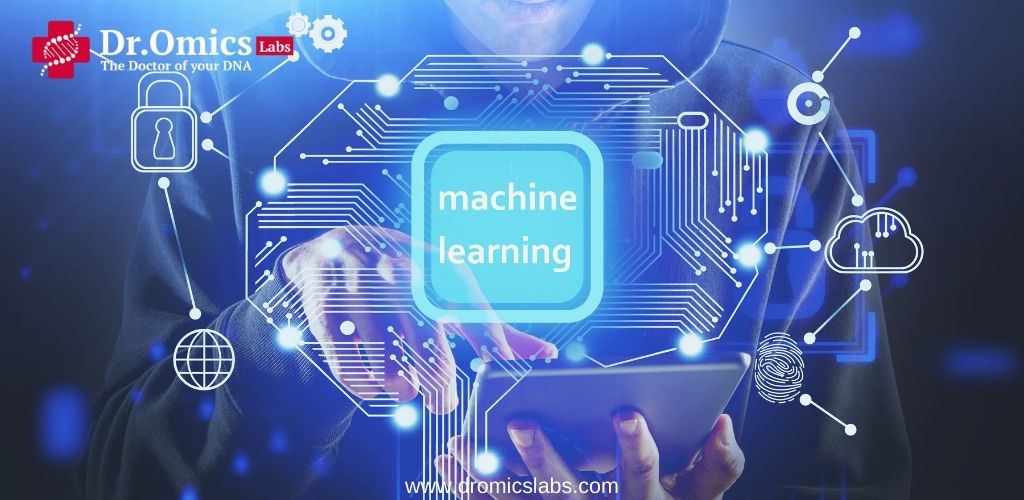Protein-protein docking is the process of predicting the 3D structure of a protein complex formed by the interaction of two or more proteins. It is a challenging problem in computational biology, as it requires modelling the molecular interactions, conformational changes, and dynamics of the proteins involved. Protein-protein docking has many applications in drug discovery, biotechnology, and structural biology, such as designing synthetic antibodies, engineering enzymes, and understanding cellular pathways.
However, traditional protein-protein docking methods are often slow, inaccurate, and limited by the availability of experimental data. Therefore, there is a need for new approaches that can leverage the power of artificial intelligence (AI) and machine learning (ML) to improve the speed, accuracy, and generality of protein-protein docking. In this blog, we will review some of the recent advances in AI/ML-based protein-protein docking methods, and discuss their advantages and challenges.
AI/ML-based protein-protein docking methods
AI/ML-based protein-protein docking methods can be broadly classified into two categories: docking-based and direct prediction. Docking-based methods use AI/ML techniques to enhance the performance of classical docking algorithms, such as scoring, sampling, and filtering. Direct prediction methods use AI/ML models to directly predict the structure of a protein complex from the structures of the individual proteins, without relying on any docking algorithm.
Docking-based methods
Docking-based methods use AI/ML techniques to improve one or more steps of the docking pipeline, such as:
- Scoring: The scoring function evaluates the quality of a candidate protein complex structure, and ranks the structures according to their likelihood of being correct. AI/ML techniques can be used to learn more accurate and robust scoring functions from experimental data, such as protein-protein interaction networks, affinity measurements, and complex structures. For example, DeepScore is a deep neural network that learns a scoring function from a large dataset of protein complexes, and outperforms several state-of-the-art scoring functions on benchmark datasets.
- Sampling: The sampling algorithm generates a set of candidate protein complex structures by exploring the conformational space of the proteins. AI/ML techniques can be used to guide the sampling algorithm to focus on the most promising regions of the conformational space, and avoid unnecessary or redundant sampling. For example, DeepDock is a deep reinforcement learning method that learns a policy to guide the sampling algorithm, and achieves better sampling efficiency and accuracy than conventional methods.
- Filtering: The filtering step reduces the number of candidate protein complex structures by applying various criteria, such as geometric, energetic, or biological constraints. AI/ML techniques can be used to learn more effective filtering criteria from experimental data, and eliminate false positives and false negatives. For example, DeepRank is a deep convolutional neural network that learns a filtering function from a large dataset of protein complexes, and improves the quality and diversity of the final docking solutions.
Direct prediction methods
Direct prediction methods use AI/ML models to directly predict the structure of a protein complex from the structures of the individual proteins, without relying on any docking algorithm. These methods can be faster and more general than docking-based methods, as they do not require any prior knowledge or assumptions about the protein interaction. However, they also face more challenges, such as the lack of training data, the complexity of the prediction task, and the evaluation of the prediction results. Some examples of direct prediction methods are:
- Equidock: Equidock is a machine-learning model that can directly predict the complex that will form when two proteins bind together. It focuses on rigid body docking, which occurs when two proteins attach by rotating or translating in 3D space, but their shapes do not squeeze or bend. Equidock takes the 3D structures of two proteins and converts them into 3D graphs that can be processed by a neural network. Equidock is between 80 and 500 times faster than state-of-the-art software methods, and often predicts protein structures that are closer to actual structures that have been observed experimentally.
- [DeepInterface]: DeepInterface is a deep learning framework that can predict the interface residues and the binding affinity of a protein-protein complex. It uses a multi-task learning approach that jointly optimises the prediction of both tasks, and leverages the information from multiple sources, such as sequence, structure, and evolutionary features. DeepInterface achieves better performance than existing methods on both interface prediction and binding affinity prediction, and can also handle novel protein interactions that are not present in the training data.
- [DeepPPI]: DeepPPI is a deep learning method that can predict the 3D structure of a protein-protein complex from the amino acid sequences of the proteins. It uses a recurrent neural network to encode the sequences of the proteins, and a convolutional neural network to decode the 3D structure of the complex. DeepPPI can handle both rigid and flexible docking, and can predict novel protein interactions that are not seen in the training data. DeepPPI achieves comparable or better results than existing methods on benchmark datasets, and can also generate multiple docking solutions for a given protein pair.
Advantages and challenges of AI/ML-based protein-protein docking methods
AI/ML-based protein-protein docking methods have several advantages over traditional methods, such as:
- They can learn from large amounts of experimental data, and capture the complex and nonlinear relationships between the protein structures and their interactions.
- They can improve the speed, accuracy, and generality of protein-protein docking, and handle challenging cases, such as novel, flexible, or transient interactions.
- They can provide additional information, such as interface residues, binding affinity, or multiple docking solutions, that can facilitate the analysis and interpretation of the protein complexes.
However, AI/ML-based protein-protein docking methods also face some challenges, such as:
- They require a large amount of high-quality training data, which may not be available or accessible for some protein interactions.
- They may suffer from overfitting, underfitting, or bias, depending on the choice of the model architecture, the optimization algorithm, and the evaluation metric.
- They may lack interpretability, robustness, or reliability, and may produce erroneous or inconsistent predictions that are difficult to verify or explain.
Conclusion
In this blog, we have explored some of the recent advances in AI/ML-based protein-protein docking methods, and discussed their advantages and challenges. AI/ML-based protein-protein docking methods have the potential to revolutionise the field of protein-protein docking, and enable new discoveries and applications in various domains. However, they also pose new research questions and problems that need to be addressed and solved. We hope that this blog will inspire and inform the readers who are interested in protein-protein docking, and encourage them to further explore this exciting and important topic.





This article offers a fascinating perspective on the subject. The depth of research and clarity in presentation make it a valuable read for anyone interested in this topic. It’s refreshing to see such well-articulated insights that not only inform but also provoke thoughtful discussion. I particularly appreciated the way the author connected various aspects to provide a comprehensive understanding. It’s clear that a lot of effort went into compiling this piece, and it certainly pays off. Looking forward to reading more from this author and hearing other readers’ thoughts. Keep up the excellent work!
Fantastic article! I appreciate how clearly you explained the topic. Your insights are both informative and thought-provoking. I’m curious about your thoughts on the future implications of this. How do you see this evolving over time? Looking forward to more discussions and perspectives from others. Thanks for sharing!
Great read! I appreciate the thorough analysis presented. The examples really helped to clarify complex concepts. Does anyone else have additional insights or experiences to share on this topic?
Thank you for the kind words! I’m glad the analysis and examples helped clarify the concepts. I’d love to hear more insights or experiences from others on this topic. Your contributions could provide valuable context and further blogs